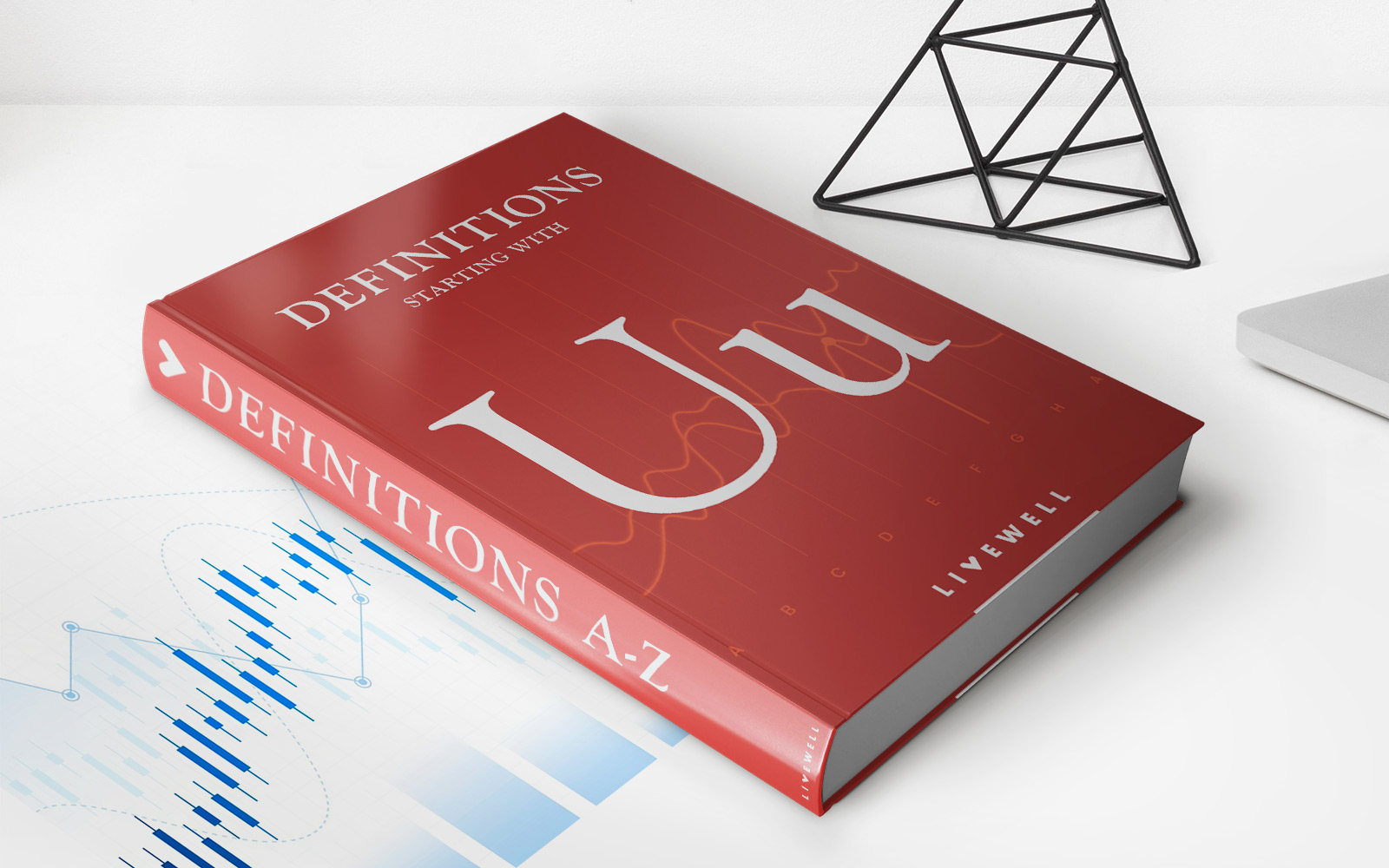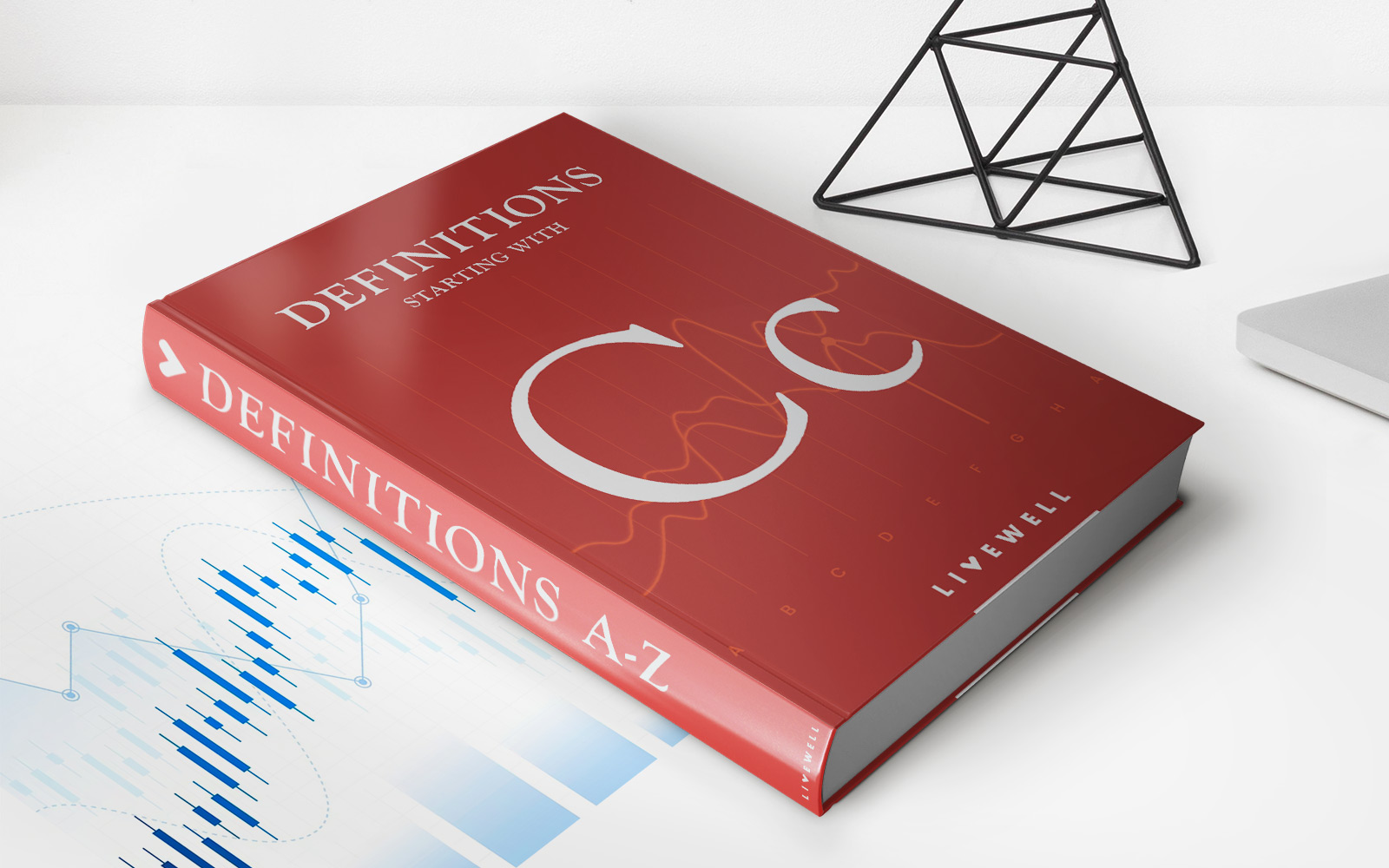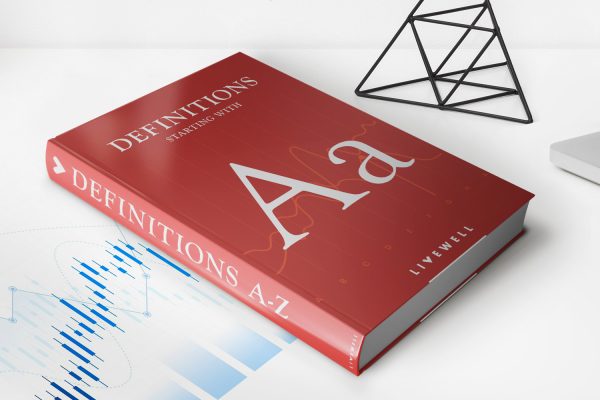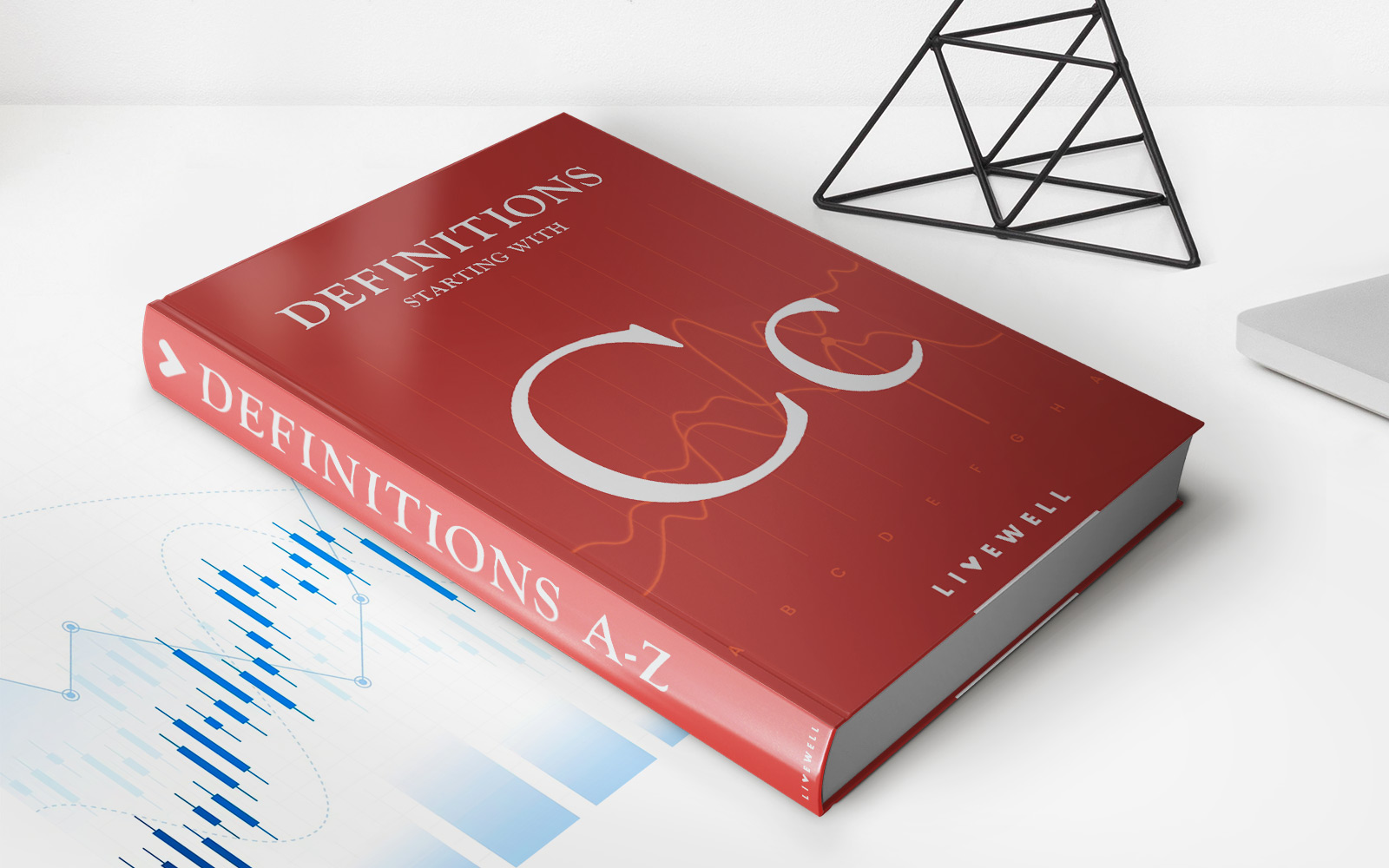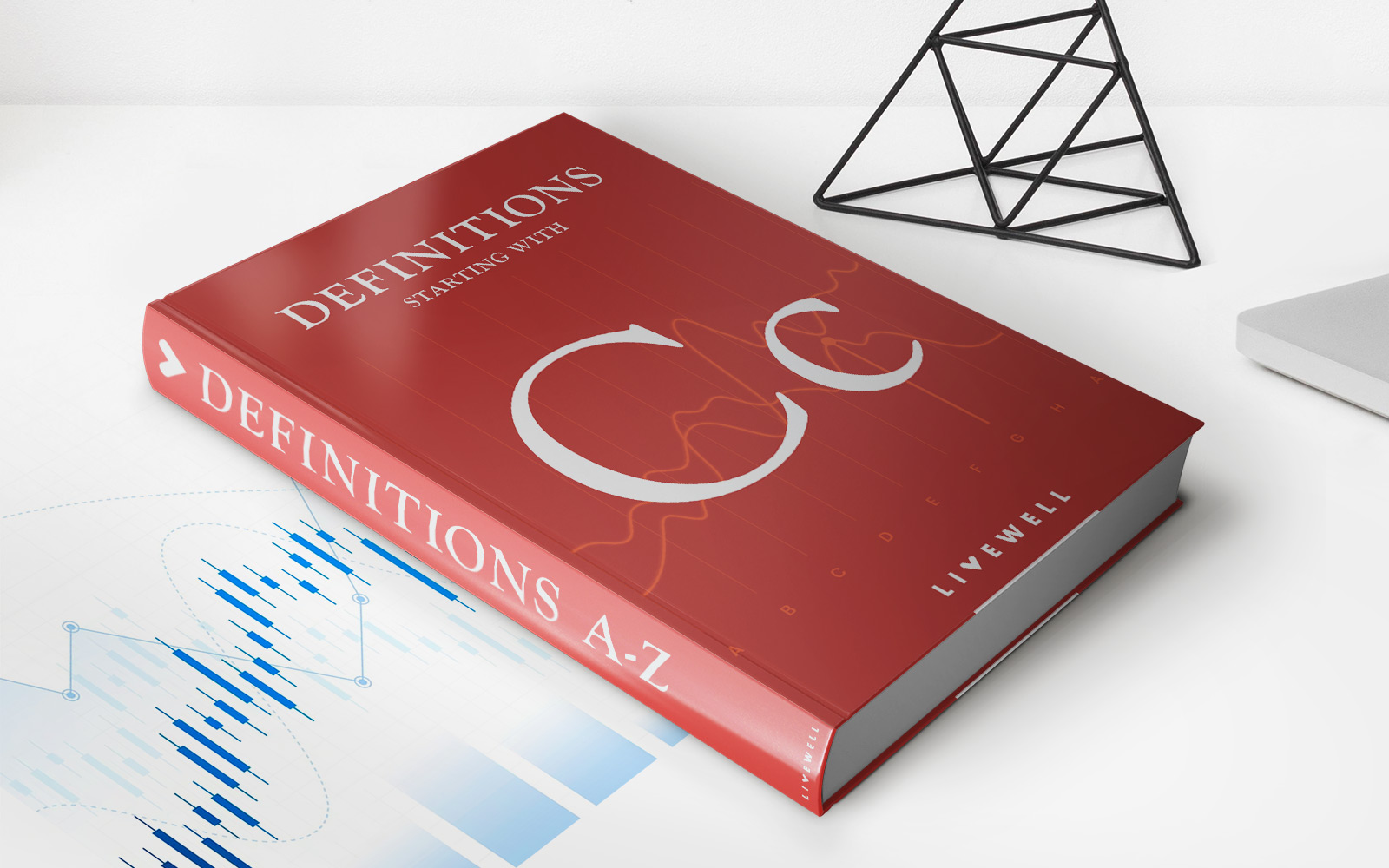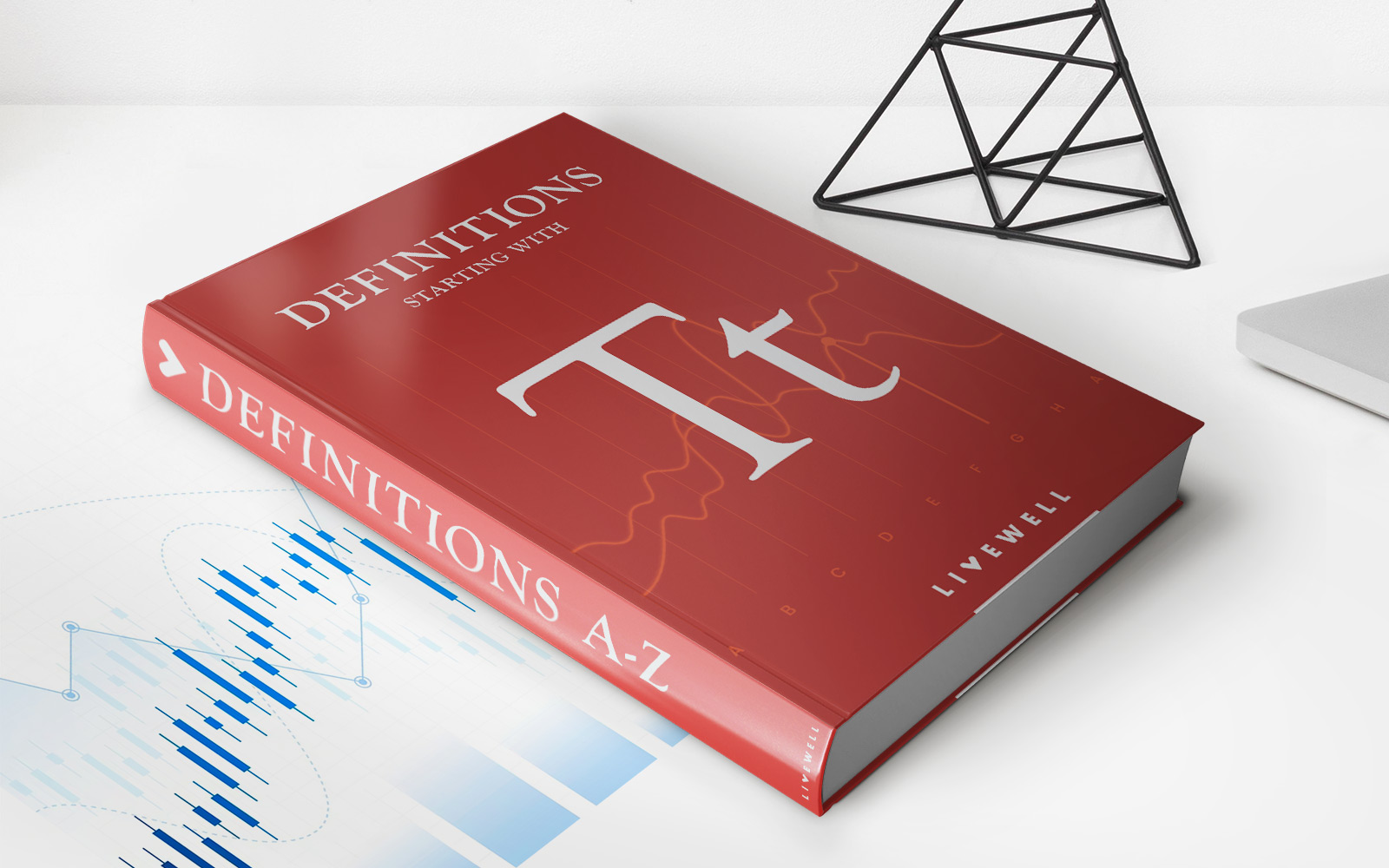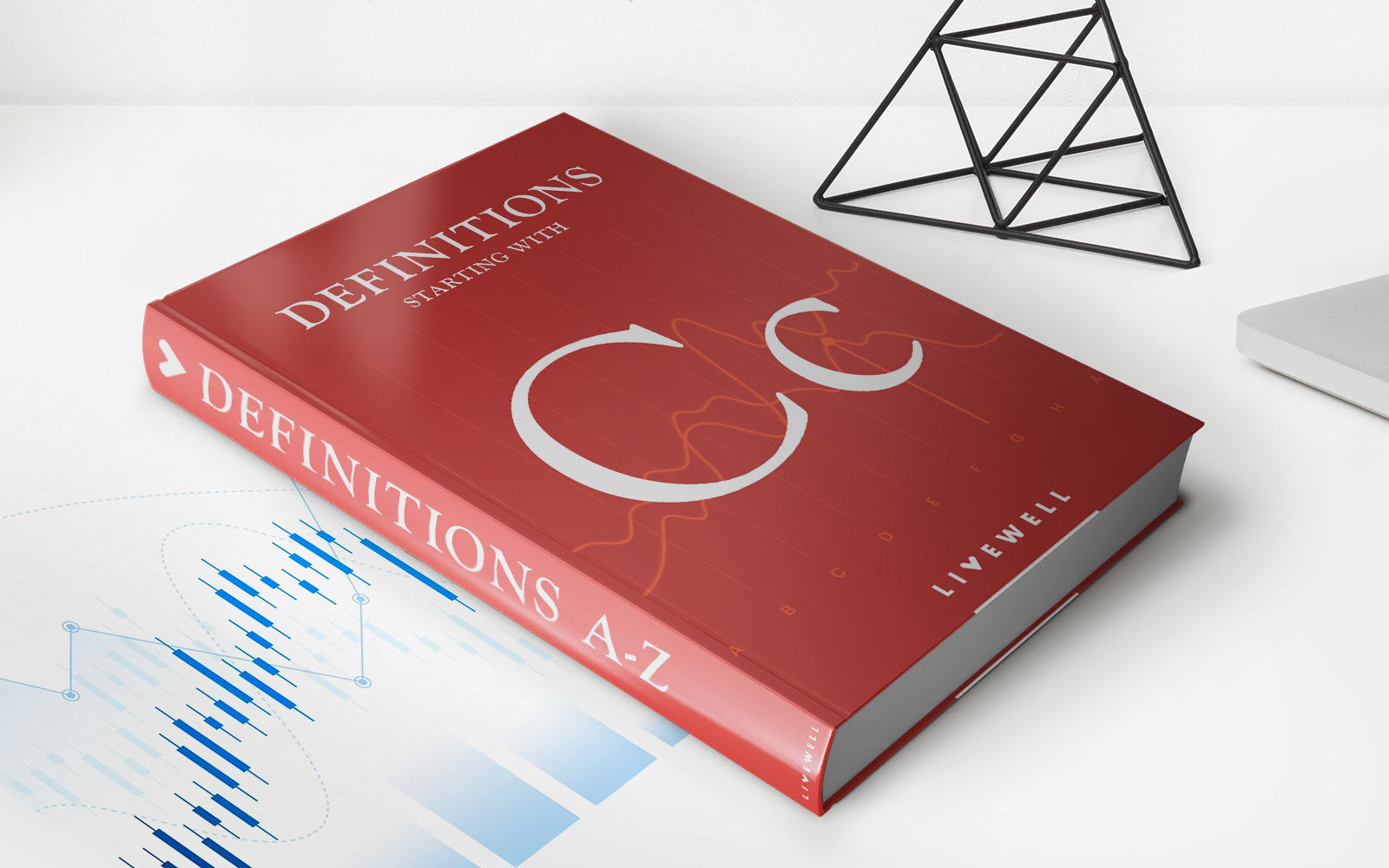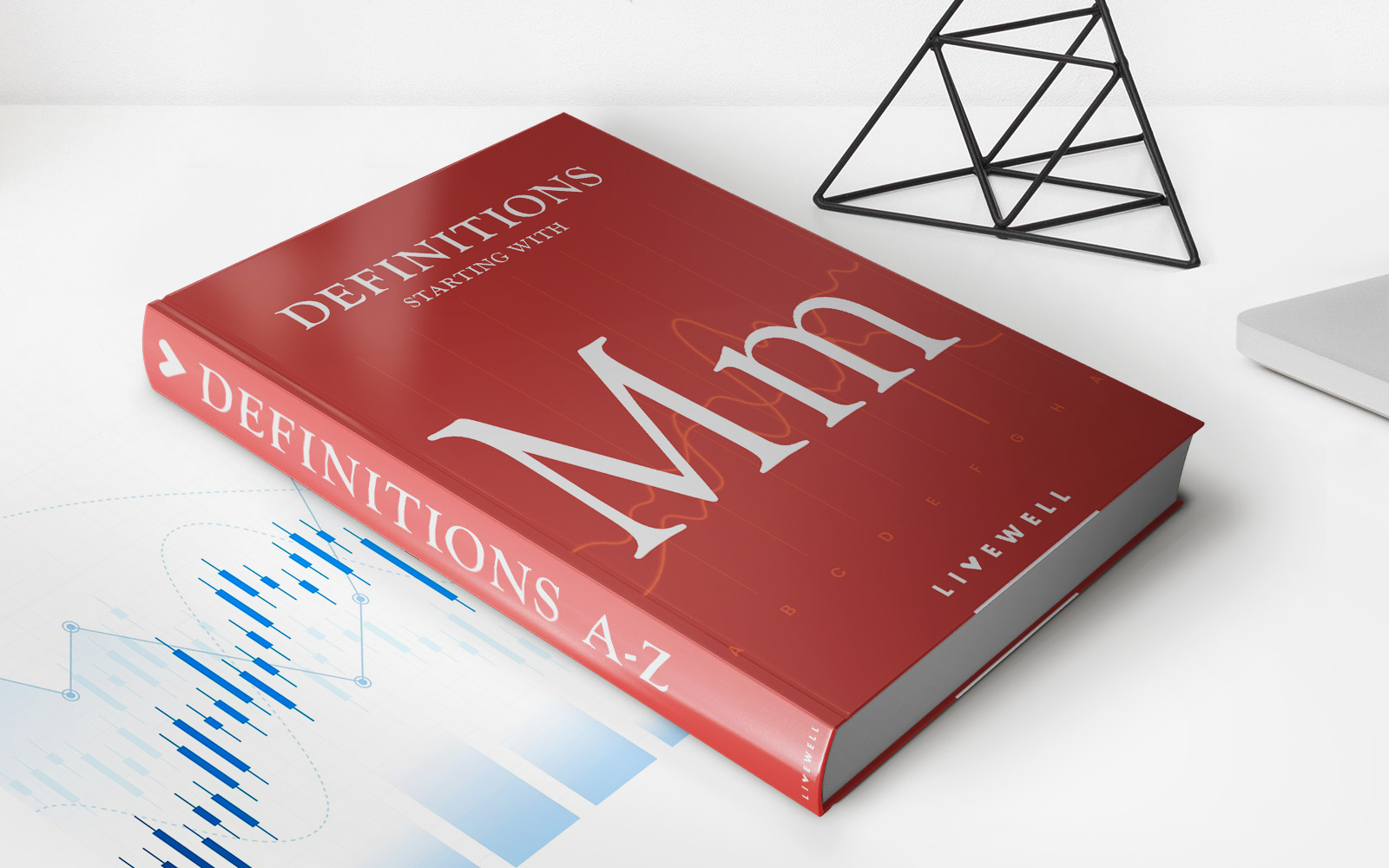Home>Finance>Covered Interest Arbitrage: Definition, Example, Vs. Uncovered
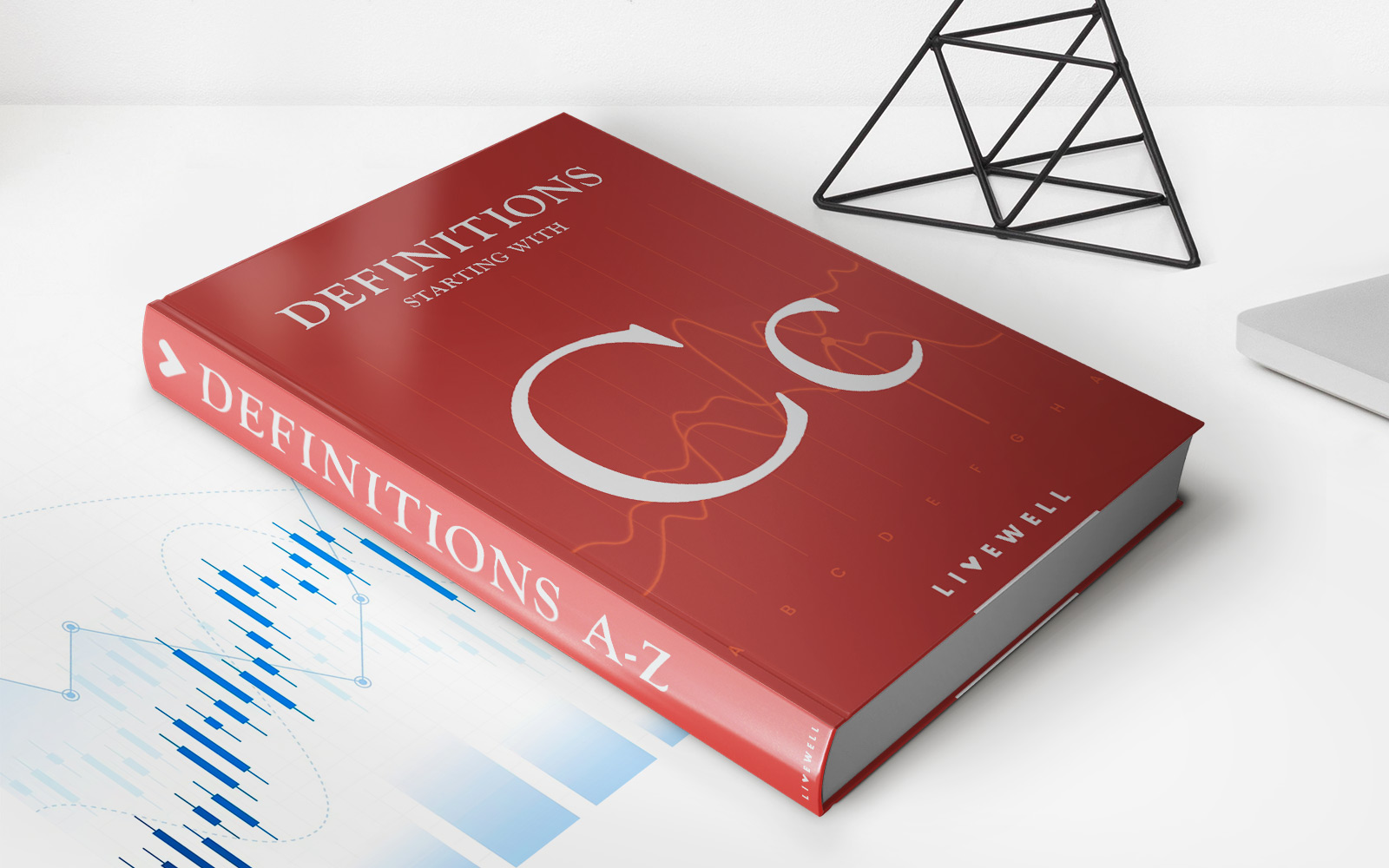

Finance
Covered Interest Arbitrage: Definition, Example, Vs. Uncovered
Published: November 4, 2023
Looking to understand the concept of covered interest arbitrage in finance? Learn its definition, see an example, and discover how it differs from uncovered interest arbitrage.
(Many of the links in this article redirect to a specific reviewed product. Your purchase of these products through affiliate links helps to generate commission for LiveWell, at no extra cost. Learn more)
Covered Interest Arbitrage: Definition, Example, Vs. Uncovered
Finance can be a complex and ever-evolving field, and it’s important to stay informed about different investment strategies and opportunities. One such strategy that has gained attention in the finance world is covered interest arbitrage. In this blog post, we will dive into the definition of covered interest arbitrage, provide an example to illustrate how it works, and discuss the key differences between covered and uncovered interest arbitrage. Let’s get started!
Key Takeaways:
- Covered interest arbitrage is an investment strategy that takes advantage of interest rate differentials between two currencies.
- It involves borrowing money in a low-interest-rate currency, converting it to a higher-interest-rate currency, and then investing in bonds or securities in that currency.
Now, let’s break down covered interest arbitrage and understand how it works. At its core, covered interest arbitrage is a strategy that aims to exploit differences in interest rates between two countries while simultaneously eliminating exchange rate risk. Here’s an example to help illustrate the concept:
Imagine that you are a global investor who wants to take advantage of the interest rate differential between Country A and Country B. Country A has a lower interest rate of 2%, while Country B offers a higher interest rate of 4%. You decide to borrow money in the currency of Country A, let’s say USD, and convert it to the currency of Country B, let’s say EUR, utilizing the current exchange rate.
Now that you have euros, you can invest them in bonds or other high-yielding securities in Country B, earning the higher interest rate of 4%. To cover your currency risk, you enter into a forward contract to sell euros and buy the equivalent amount of USD at a predetermined exchange rate at a future date. This ensures that you will be able to convert your investment back to USD at a known exchange rate, effectively locking in a profit if the interest rate differential remains favorable.
It’s important to note that covered interest arbitrage carries some risks, such as changes in interest rates or exchange rates, which could impact the profitability of the strategy. However, by engaging in covered interest arbitrage, investors can potentially earn a risk-free profit by exploiting interest rate differentials in a controlled manner.
Covered Interest Arbitrage vs. Uncovered Interest Arbitrage:
Now that we have a clearer understanding of covered interest arbitrage, let’s compare it to another related strategy called uncovered interest arbitrage, which involves taking on exchange rate risk. Here are the key differences:
- In covered interest arbitrage, investors eliminate exchange rate risk by entering into a forward contract. In contrast, uncovered interest arbitrage involves assuming exchange rate risk, as there is no hedging mechanism in place.
- Covered interest arbitrage is considered a risk-free strategy since it aims to lock in a profit by exploiting interest rate differentials. Uncovered interest arbitrage, on the other hand, carries additional risk due to potential fluctuations in exchange rates.
In summary, covered interest arbitrage is a powerful investment strategy that allows investors to take advantage of interest rate differentials while minimizing currency risk. By borrowing money in a low-interest-rate currency and investing it in a high-interest-rate currency, investors can potentially earn a risk-free profit. However, it’s essential to consider the potential risks associated with interest rate and exchange rate fluctuations to make informed investment decisions.
Thank you for reading our blog post on covered interest arbitrage. We hope this information has provided you with valuable insights into the world of finance and the strategies available to investors.
